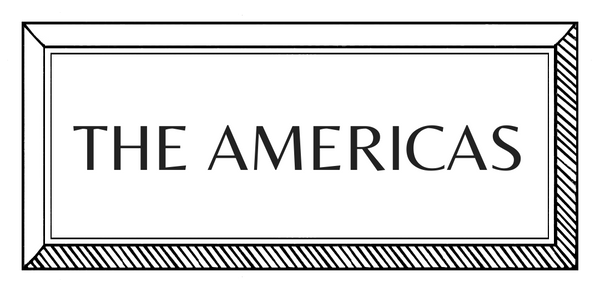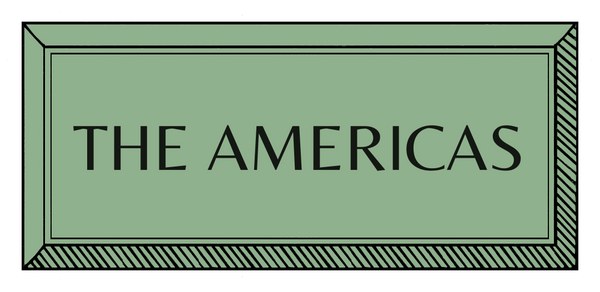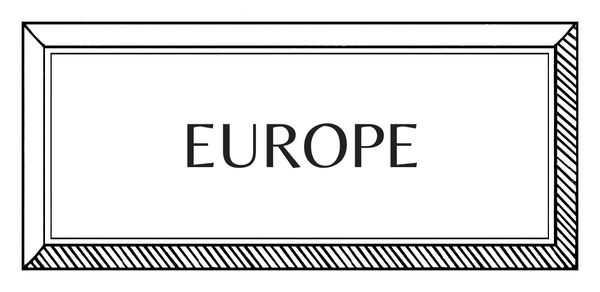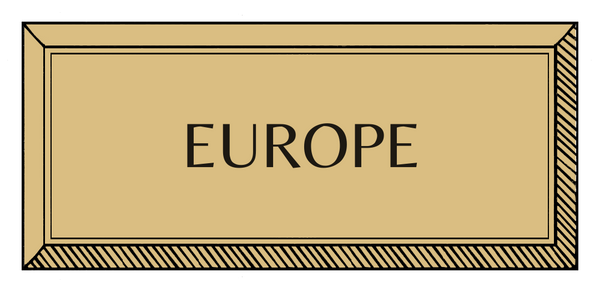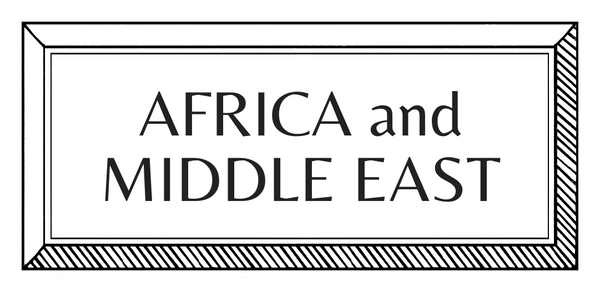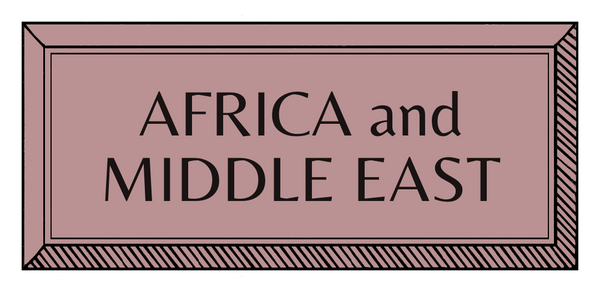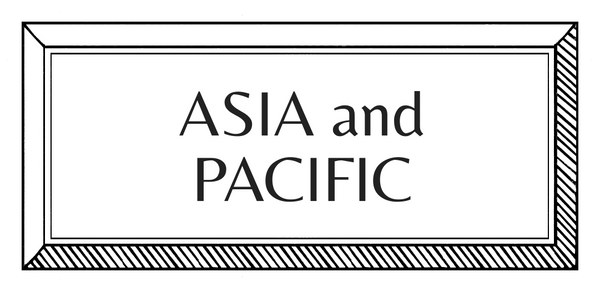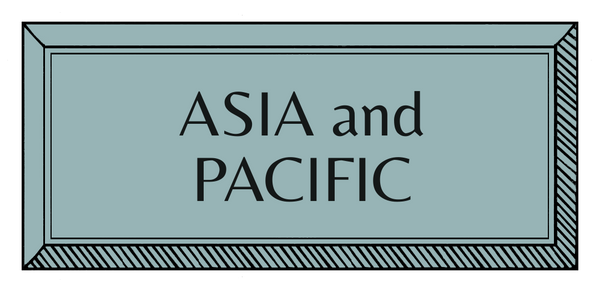Lana Trzebinski | Ceramicist

Lana, pictured next to Fractal 30, a piece from her online exhibition for de Pury Presents. Photographed by Gibson Nderitu.
A versatile creative, Kenyan-born designer and ceramicist Lana Trzebinski, owner of a hand-crafted clothing and accessories line and an established ceramics studio, speaks to Lucrezia Lucas about her work with the rich clay of her homeland. Inspired by nature’s geometry, each sculpture evolves organically, taking on a life of its own through a process of joyful experimentation – filled with surprises.
How did you begin?
"I was born in Kenya on the ancient island Mombasa, and grew up in Nairobi. My father was an artist and growing up we spent a lot of time in his studio where he encouraged us to use our hands and experiment with many different mediums; plaster of paris, wax and paint. I also have wonderful childhood memories of making little villages of huts and animals in mud during the rainy season. Essentially this was my first contact with moulding earth.
In high school when I started working with clay, my creations were ocean inspired vessels. While living in London, unsure of what I wanted to do with my life, I was reminded how natural the process felt, and started learning about the craft."
How did you learn?
"I am essentially self-taught, but I learned the techniques by taking various courses. I did an Art Foundation Course at CSVPA (Cambridge School of Visual and Performing Arts), I then did a glazing course at C.R.E.T.A. Rome, and an experimental glazing course at the University of The Arts London, Central Saint Martins. When I moved back to Kenya I went to classes given by a Kenyan ceramicist. I needed to find my feet and figure out where to buy clay and fire my work. It has been a wonderful journey of self discovery through experimentation that has led me to having my own set up."

Smaller pieces, showcasing the pinching technique and Lana's unique and magical glazing. Photograph by Tacha Lemarti.
How do you plan, prepare and create?
"Sometimes I use inspiration from textures I have sketched in my book of glaze recipes. Mostly though, the pieces speak to me as I am in front of them. The textures on my work do develop and transform over time – an idea can arise and I work with it and come back to it repeatedly. Throughout this process, I continually ask myself "what happens if I take this and scale it up, or reduce it and make a pattern out of it using smaller versions in repetition?" It’s a lot of experimenting. I then come to applying these textures to vessels. I initially started with smaller pieces and used a technique called pinching – working in this way feels very organic to me."

Lana's most recent works. Left: Circle of life 12 [LT/WST], 2024, 42 by 42 inches. Right: Circle of life 7 [LT/BST], 2024, 19 x 19 inches.
"Over the years my pieces have grown in size, and I now also work on canvases which use smaller units to create larger patterns on canvas, allowing me to create even bigger pieces. I collaborate with amazing artisans to form the bases on which I work, and all of my larger pieces are thrown by a potter on a wheel. I sketch the form, give the exact measurements and take over the piece wet and ready for sculpting. Once I have enough sculptures to fill my kiln, I do a firing and after bisque firing, I’m then ready to glaze.
Glazing is chemistry and you have to be really precise. I spend many hours creating my own glaze combinations, over the years having created over 900 test tiles thus far, all unique to my work."

An experimental process; Lana's glaze test tiles and notebook, detailing which glaze combinations were used on each piece.
Who or what most influences your work?
"My works are non literal translations of naturally occurring textures and patterns in nature. Initial ideas can come from anything and end up forming the surfaces of my work. I have many pieces where the initial design has developed from, let’s say, an antelope horn, where I thought, “I love the beautiful line that goes across it and I love the shape.” Then once I’ve made it, it continues to develop in so many different ways, becoming what it's supposed to be, and ultimately I have very little control over that.
Often accidents happen during the drying, firing and glazing stages. Pieces crack, glazes go wrong and things melt. I embrace the imperfections that form part of the process. It feels organic, though at times destructive and painful – a loss. I’ve glazed them, I’ve chosen the colors and the size and the form, but they themselves go through this whole process and I have to accept them as they are, especially when things go wrong. You can't really visualise the end result, it contains surprises and that’s very exciting."
What does a typical day look like?
"I live in a beautiful suburb of Nairobi filled with trees and surrounded by nature. I have two studios... One is for my clothing and accessories line on my grandmother's property. (The clothing studio works as an office and store with fabrics, beads, and samples.) The other is for my ceramics.
I don’t have a strict routine – I do what I need to get done that day. I usually start my day with an exercise class or a gym session, followed by a few hours work at my clothing line studio, and then head over to my ceramics studio at my mothers house. Normally I prepare and eat lunch with my mum and sister, then head over to sculpt or glaze. I tend go home around 5 then prepare dinner and watch something before bed. My three dogs are an important part of my life and I have a wonderful community of amazing friends. Living in Kenya means I get to go away into incredible places on weekends or for longer breaks."

Fractal 58 [LT/435], 2024, Length: 42cm, Width 42cm, Height 15.5cm.
What are the best and worst things about being a craftsperson today?
It can be a solitary process. Before I had my own ceramic studio I would work in communal spaces which was far more social. I would like to introduce more interaction into my studio space. I am currently talking to a fellow Kenyan artist who does not have access to the equipment and clay and would like to extend this offer in the hope that my studio could become a more vibrant space for creativity; combining mediums could be a lot of fun.
Another struggle is to stay immersed in your sacred space and not get caught up in the competition and success story of it all. I find so much joy in losing myself in the creative process and in time and space – it's a wonderful place to experiment from – it feels very light. But there is so much focus on competition and career and turning creativity into a business; it's a very delicate balance. It's hard not to compare oneself as the world is so full of incredible talent. I feel incredibly lucky to have found my medium and to be able to work with my hands on a daily basis.
One More Thing... What place or space really inspires you?
I am most at peace and one with nature when I am by the ocean. It's so easy to get swept up in our busy lives, we don’t live in the moment and are not connected in a meaningful way. When I am at the beach I’m forced to stop and appreciate things, and the ocean leaves me feeling peaceful.

Left: Fractal 8 [LT/431], 2022, Length 30cm, Width 30cm, Height 35.5cm. Right: Fractal 43 [LT/434], 2023, Length 28cm, Width 28cm, Height 42cm.
Interview by Lucrezia Lucas
Images from Lana Trzebinski, Gibson Nderitu, Chiara Bini, and Tacha Lemarti














